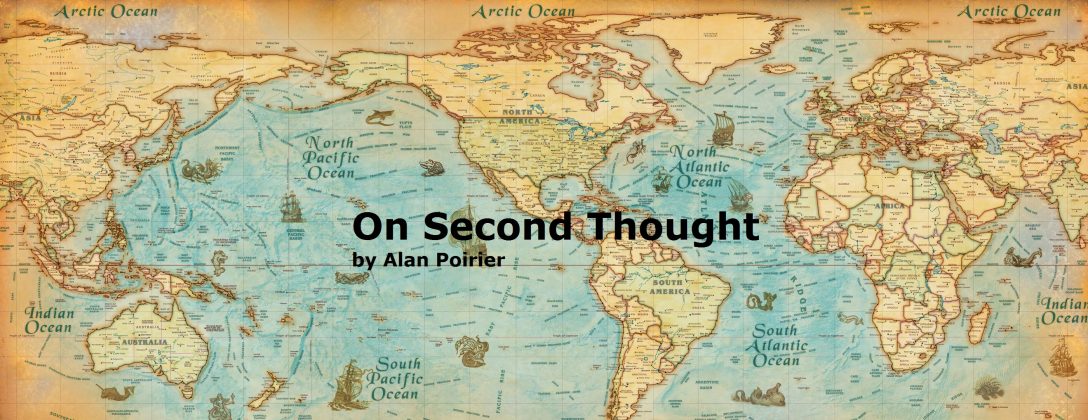
Far too many Canadians do not realize what is at the stake in the war that has been declared on the country’s oil and natural gas sector.
In 2018 alone, oil and natural gas contributed $108 billion to our gross domestic product (GDP) and provided more than 530,000 jobs. Mining and quarrying would add another $37 billion and 50,000 jobs to that total.
That makes resource extraction the third largest contributor to the country’s GDP. Only real estate and manufacturing are more important to the economic health of Canada.
Let that sink in. Resource extraction is not little side business for Canadians. It is the bedrock foundation of the country.
So as Prime Minister Trudeau glibly talks about transitioning to a low carbon economy Canadians who know better just shake their heads in disbelief.
The oilsands industry, for example, was expected to contribute to $17 billion in taxes to the two senior levels of government.
But it is not just the oilsands industry that is threatened. As we have seen with the protests arising out of the Coastal GasLinks pipeline to Kitimat, the natural gas industry is under attack as well.
These liquefied natural gas plants such as the one in Kitimat and the other planned in Quebec are part of the industry’s effort to meeting the ever growing demand for energy in Asia.
If all goes well, the natural gas industry will generate more than 75,000 jobs over the next 10 years and some $300 billion in economic activity over the same period.
The LNG segment of the industry is expected to generate $2.4 billion in economic activity and about 10,000 direct and indirect jobs.
That’s the reason why the majority of First Nations support resource extraction. They see it as a means of lifting their people out of poverty and creating opportunities for generations to come.
Unfortunately, the Liberal government does not see it that way. When the prime minister and his cabinet look at the resources sector, they see CO2 emissions.
And that is why the Trudeau government has been actively discouraging investment in the sector.
So much so that since the Liberals were elected to office, total capital spending has declined by 57 per cent or some $50 billion.
And to those that argue this was a result of market conditions, the same period saw capital spending in the United States increase by about 38 per cent to $120 billion.
Investors are concluding that resource projects have no future in Canada.
